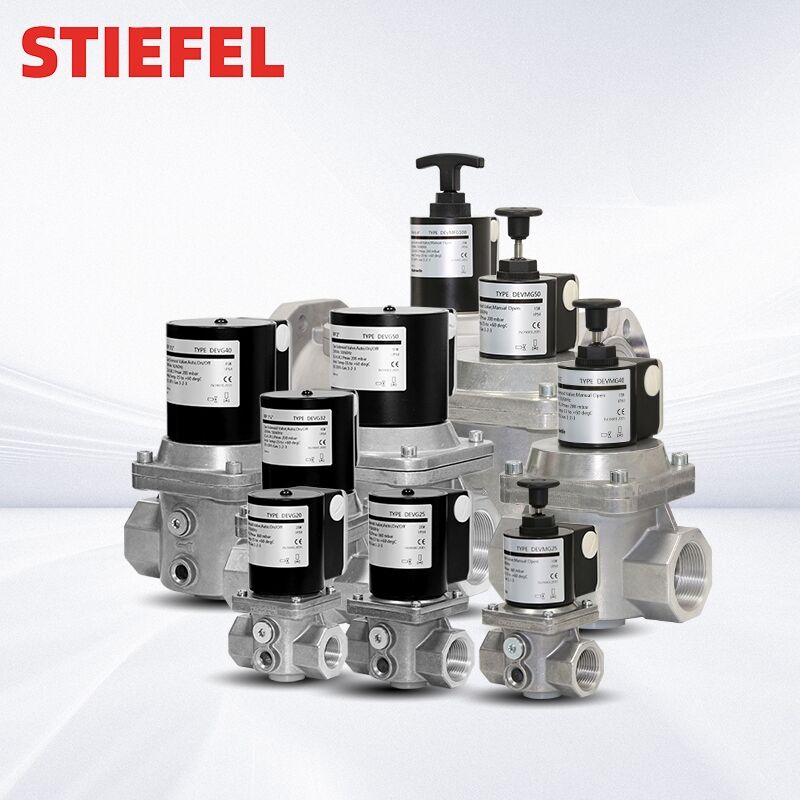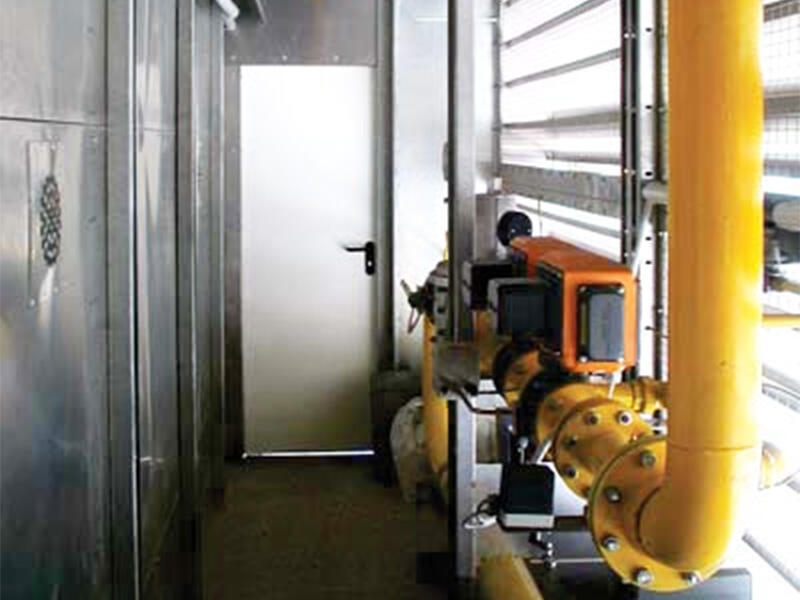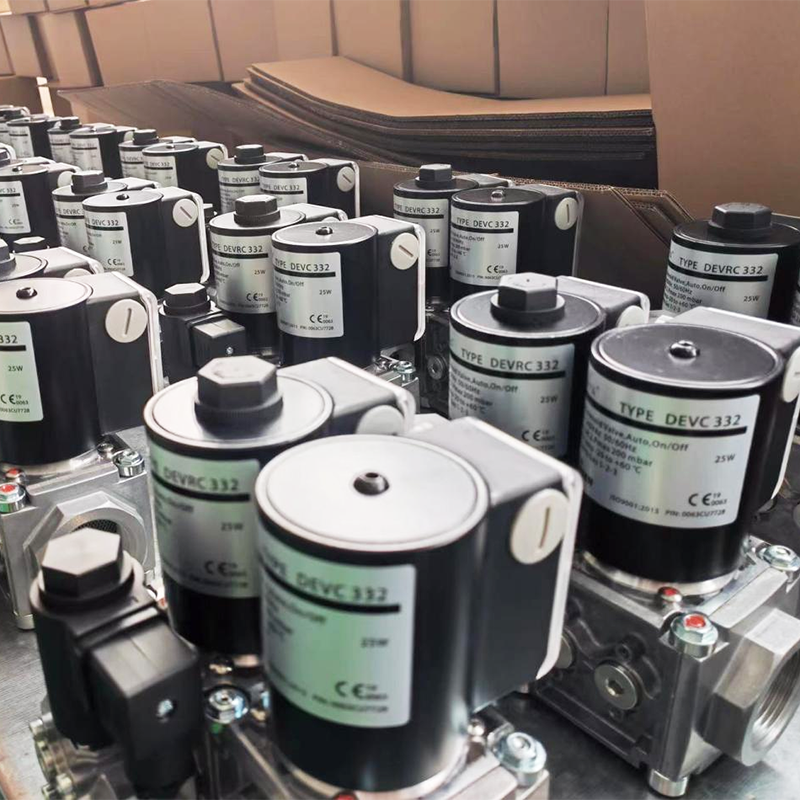In the current business world, maximizing output is important for staying ahead of the competition. One of the modern devices that is often overlooked is the solenoid valve. These devices assist in the smooth control of automation by aiding in fluid control in a multitude of systems, thus improving automation and efficiency. This article discusses the importance of solenoid valves, how they work, and how they impact a system's performance.
Understanding Solenoid Valves
Solenoid valves are a type of electromechanical device which regulates the flow of fluids within a system. They are made up of a coil, a plunger, and a valve body. If the coil is connected to an electric current, a magnetic field is produced which moves the plunger and the valve either opens or closes. This control is very important in solenoid valves which are used in critical applications in different field such as manufacturing, automobile industry, and HVAC.
Applications of Solenoid Valves
The broad range of applications for solenoid valves illustrates their flexibility. In sectors like manufacturing, solenoid valves control liquids and gases in processes like painting, coating, and even in chemical mixers. In the automotive space, solenoid valves are used to control fuel injection as well as air intake, making the engines much more efficient and performing better. Restricting the flow of refrigerants in HVAC systems also employs solenoid valves, making sure that the temperature control is within the desired range and that the energy consumption is at a minimum. The flexible solenoid valves are essential to modern-day engineering innovations.
Benefits of Using Solenoid Valves
The advantages offered by solenoid valves are countless. For one, systems that require fluid control will greatly benefit from the fast response times that these valves offer. Solenoid valves also ensure that energy is conserved by avoiding excessive fluid usage, thus controlling leaks, making them quite useful in modern-day systems. Their small form factor is a benefit as well. Integrating them into existing systems makes any upgrades and modifications simple to complete. All these advantages showcase why modern systems should be using solenoid valves.
Maintenance and Troubleshooting
Even though solenoid valves are reliable, performing regular maintenance enhances their reliability and performance. Frequently, problems arise from coil failures, plunger sticking, and the collection of small bits of debris. Scheduled inspections and routine maintenance can address these issues. Moreover, timely attention to worn parts can minimize downtime. The basics of solenoid valve operation and maintenance are often enough to empower operators to resolve deeper issues promptly, enabling enduring efficiency in the system’s performance.
Industry Trends and Future Outlook
Supporting technologies are rapidly evolving as industries continue to progress. Innovations in the design and functionality of solenoid valves are being prompted by the need for automated and smarter systems. Such new developments include the ability to incorporate IoT technology, permitting the solenoid valves to be monitored and controlled from remote locations. In addition, new developments in materials science are enabling solenoid valves to be more efficient and durable by withstanding more rigorous operating conditions. The trends show that with increasing complexity in the industrial world, solenoid valves are and will continue to be the center of new and engineered solutions.



